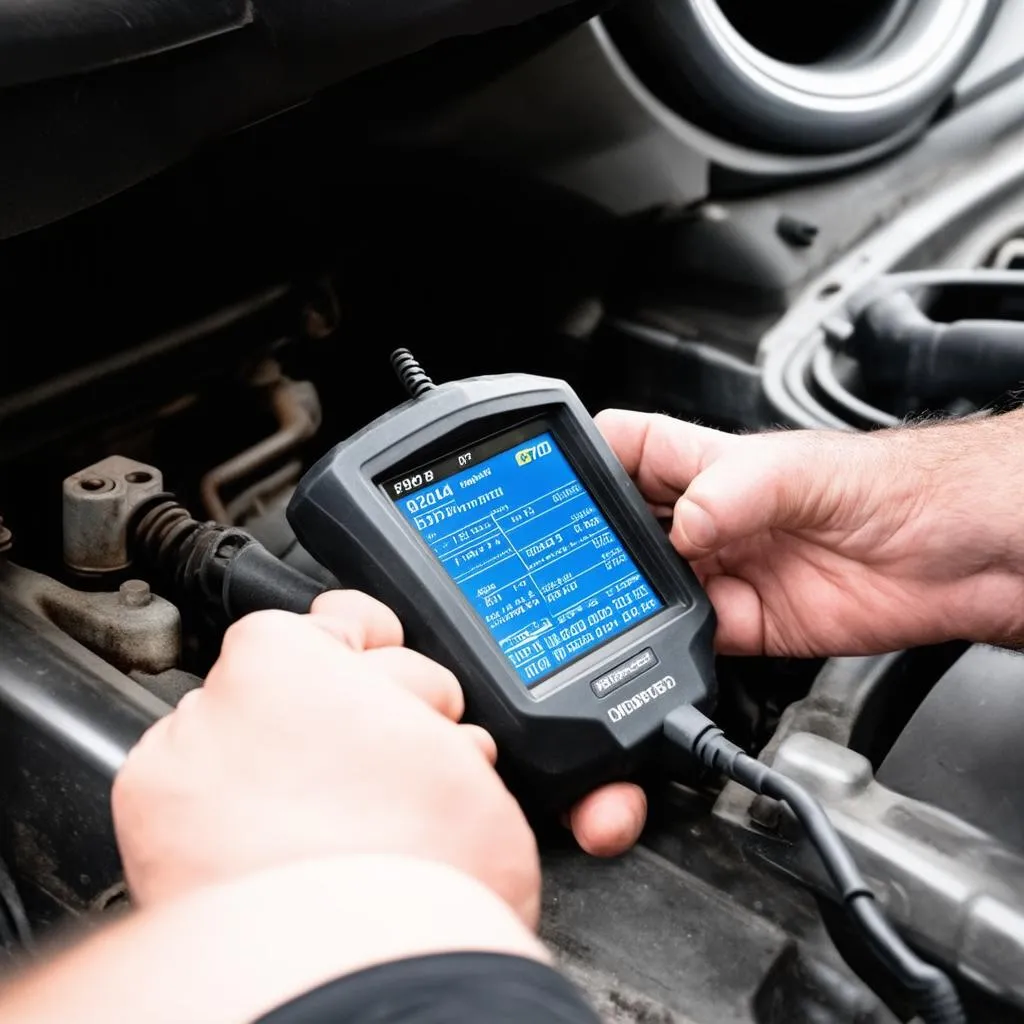Imagine this: You’re driving down a quiet road in rural Montana, enjoying the scenic view, when suddenly, your car’s “Check Engine” light decides to ruin the serenity. Frustrating, right? You pull over, wondering what’s wrong. Is it serious? Do you need a tow truck? This is where a scan tool snapshot comes in handy.
Decoding the Mystery: What Does “Scan Tool Snapshot” Mean?
Before we dive deeper, let’s break down this jargon. In the world of automotive diagnostics, a “scan tool snapshot” is like taking a picture of your car’s brain at a specific moment. It captures vital data about your car’s systems at the exact time a fault code is triggered. Think of it as a digital fingerprint of the problem.
Different Perspectives, Same Importance:
- For mechanics: A scan tool snapshot is a lifesaver. Instead of just seeing a generic “Check Engine” light, they get a detailed report, like a map leading them to the root cause of the problem. This saves them time, effort, and ultimately, saves you money on unnecessary repairs.
- From an engineering standpoint: The snapshot provides valuable data points about the vehicle’s performance under specific conditions. This information can be crucial for identifying recurring issues and improving future car designs.
- For car owners: A snapshot offers transparency and empowers you with knowledge. You can understand the issue better, ask informed questions, and avoid potential upselling tactics by some repair shops.
Unmasking the Data: What Does a Snapshot Reveal?
A typical scan tool snapshot can include a wealth of information, such as:
- Date and Time: This pinpoints exactly when the issue occurred.
- Vehicle Identification Number (VIN): Uniquely identifies your car.
- Diagnostic Trouble Codes (DTCs): These are standardized codes that pinpoint the specific problem areas.
- Freeze Frame Data: This captures engine parameters like RPM, speed, coolant temperature, etc., at the moment the fault code was triggered, providing valuable context for diagnosis.
- Readiness Monitors: These indicate the status of your car’s emissions systems.
This information is gold for a trained mechanic. They can use it to accurately diagnose the problem, identify the faulty component, and get you back on the road quickly and safely.
 Mechanic analyzing a scan tool snapshot on a laptop connected to a car's OBD-II port
Mechanic analyzing a scan tool snapshot on a laptop connected to a car's OBD-II port
Common Questions Car Owners Have:
You might be thinking:
- “My ‘Check Engine’ light is on, but the car seems fine. Do I need a snapshot?” Absolutely! Ignoring the light could lead to bigger problems down the road. A snapshot can determine if it’s a minor glitch or something more serious.
- “Can I take a scan tool snapshot myself?” Yes, affordable OBD-II scanners are available, allowing you to view basic snapshots. However, for more detailed analysis, it’s best to consult a qualified mechanic.
- “Are snapshots different for different car brands?” While the core concept remains the same, the specific data points and software interfaces can vary between manufacturers.
 A mechanic is explaining car diagnostic data to a customer, using a scan tool snapshot as a reference.
A mechanic is explaining car diagnostic data to a customer, using a scan tool snapshot as a reference.
Navigating the World of Scan Tool Snapshots:
For those interested in diving deeper into car diagnostics, resources like the Autel MaxiCheck Pro Scan Tool and the Autel MaxiDAS Scan Tool offer comprehensive scanning and snapshot capabilities. These tools, while more advanced, empower you to take control of your car’s health.
Similar Questions We Often Encounter:
- What is freeze frame data in a car?
- How do I read a scan tool report?
- Can a scan tool clear a Check Engine light?
- What is the difference between a code reader and a scan tool?
For answers to these questions and more insights into the world of automotive diagnostics, explore our other informative articles on DiagXCar. We regularly delve into topics like understanding line pressure on a scan tool and reviewing popular diagnostic tools like the Autel MaxiScan MS309 Code Scanner.
Need Expert Help with Diagnostics?
We understand that car troubles can be stressful. At DiagXCar, we’re here to help you navigate the complexities of automotive diagnostics. If you’re facing car issues or need assistance with diagnostic software installation, don’t hesitate to reach out to our team of experts via Whatsapp at +84767531508. We offer 24/7 support to get you back on the road as quickly and safely as possible.


